
Lens fragmentation device eases difficult cases from phaco to small-incision extracapsular techniques

Lens fragmentation device eases difficult cases from phaco to small-incision extracapsular techniques

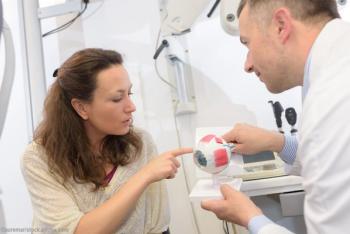
First treat pre-existing conditions, such as medication toxicity, eyelid disease

Approach aids toric IOL alignment, IOL centration, wound/astigmatic keratotomy placement
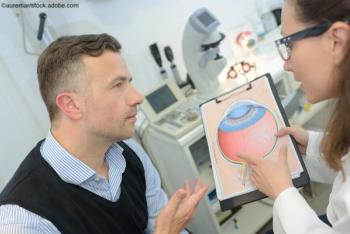
Novel platforms address adherence; clinicians look to efficacy, treatment duration

Look beyond ocular surface dysfunction for clues, causes of dry eye pain


Evaluate patients’ social situations; educate parents about their participation

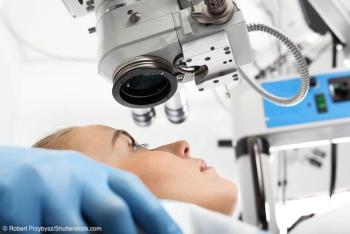
WFG LASIK achieved better 25% contrast acuity gains in corrected/uncorrected distance VA

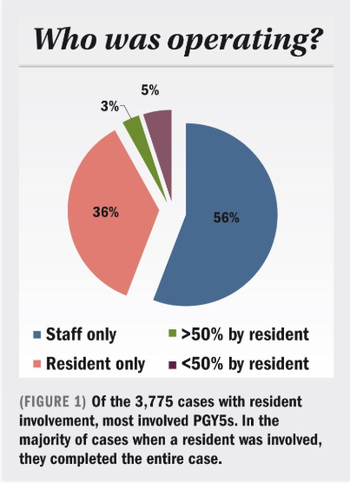
Improvement was seen with experience gained, show data from comparative study

Screening recipes should ease the diagnostic burden in this patient population




Investigations of the biomechanical changes in the optic nerve head may eventually lead to improvements in therapies for patients with glaucoma.

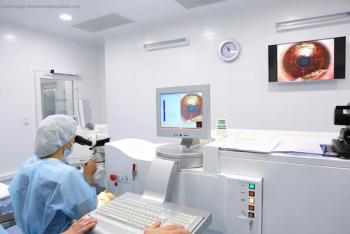
Wavefront-guided LASIK using the iDESIGN Advanced WaveScan Studio System, STAR S4 IR Excimer Laser System, and the iFS Laser (all from J&J Vision), is providing unsurpassed outcomes for the treatment of myopia, hyperopia, and mixed astigmatism, according to Jay S. Pepose, MD, PhD.

Patient selection is the key factor in obtaining the best visual outcomes after cataract surgery and intraocular lens implantation.

Innovations in sustained-drug delivery and neuroprotection are bringing glaucoma specialists one step closer to additional therapeutic options.

Staging patients based on their ocular pathologies using the most advanced diagnostic tools can result in excellent image quality by precisely establishing the need for lens- or corneal-based procedures.

Aphakic eyes that have no or inadequate capsular support can pose a significant challenge to cataract surgeons. Careful attention to the preoperative considerations, appropriate intraocular lens choices, surgical techniques, and postoperative management can ensure optimal results.

An analysis of U.S. claims data reveals a substantial proportion of patients (17%) remained untreated 4 years after their initial diagnosis of open-angle glaucoma.

A hot topic in cataract surgery is alternative ways to administer perioperative medications with the goal of lowering the incidence of cystoid macular edema (CME). One way to achieve that goal would be the combination of non-steroidal anti-inflammatory drugs (NSAIDs) and transzonular steroids.

Pediatric herpes simplex virus should be part of the differential diagnosis when a patient has unilateral recurrent disease in the anterior segment.

The absence of glistening formation is among the advantages associated with new IOL technology, relates one ophthalmologist.

Recent randomized clinical trials have been advancing the understanding of current treatments for convergence insufficiency. More prospective studies are needed to investigate convergence types and their roles in convergence insufficiency.